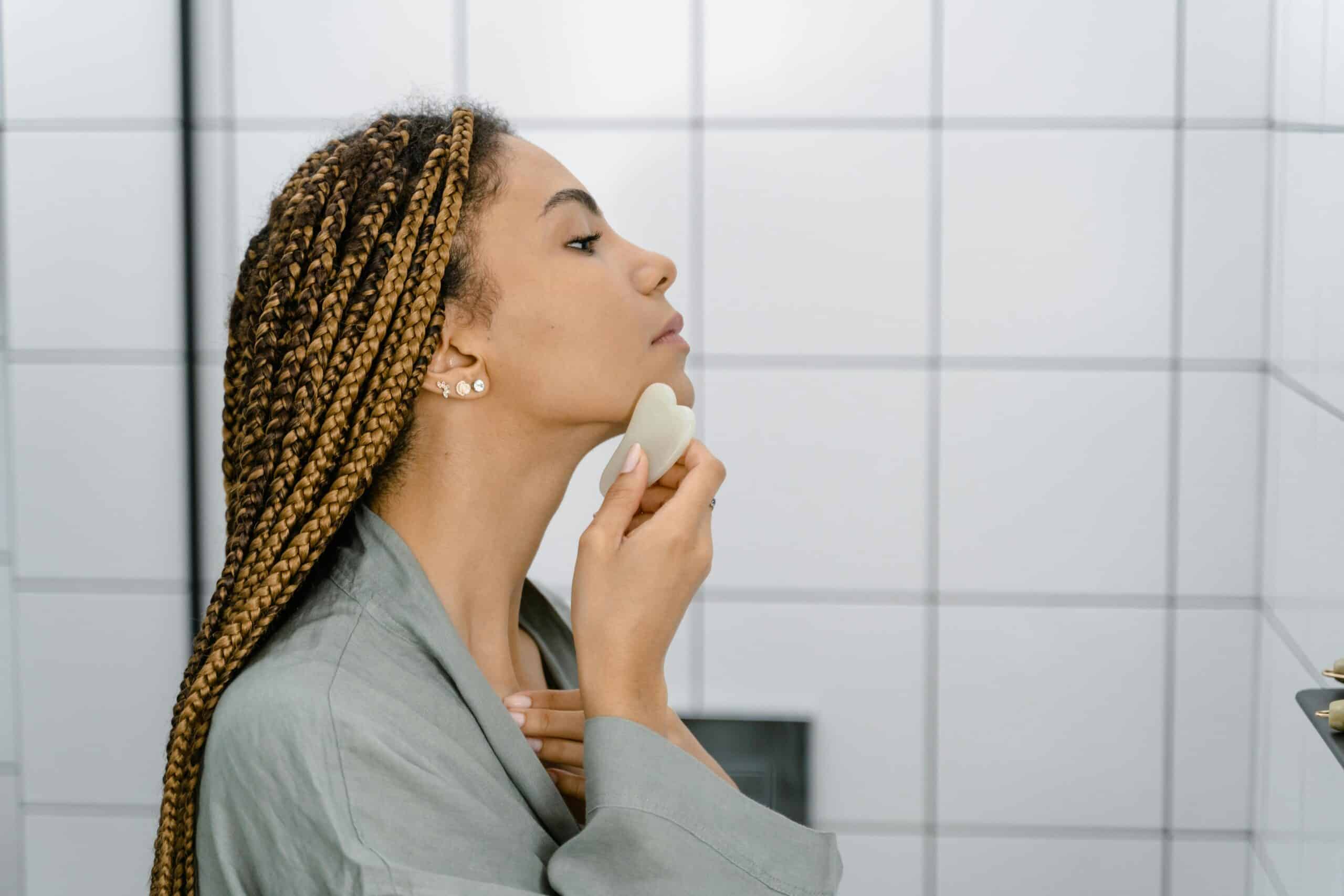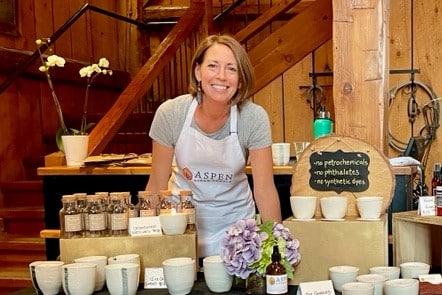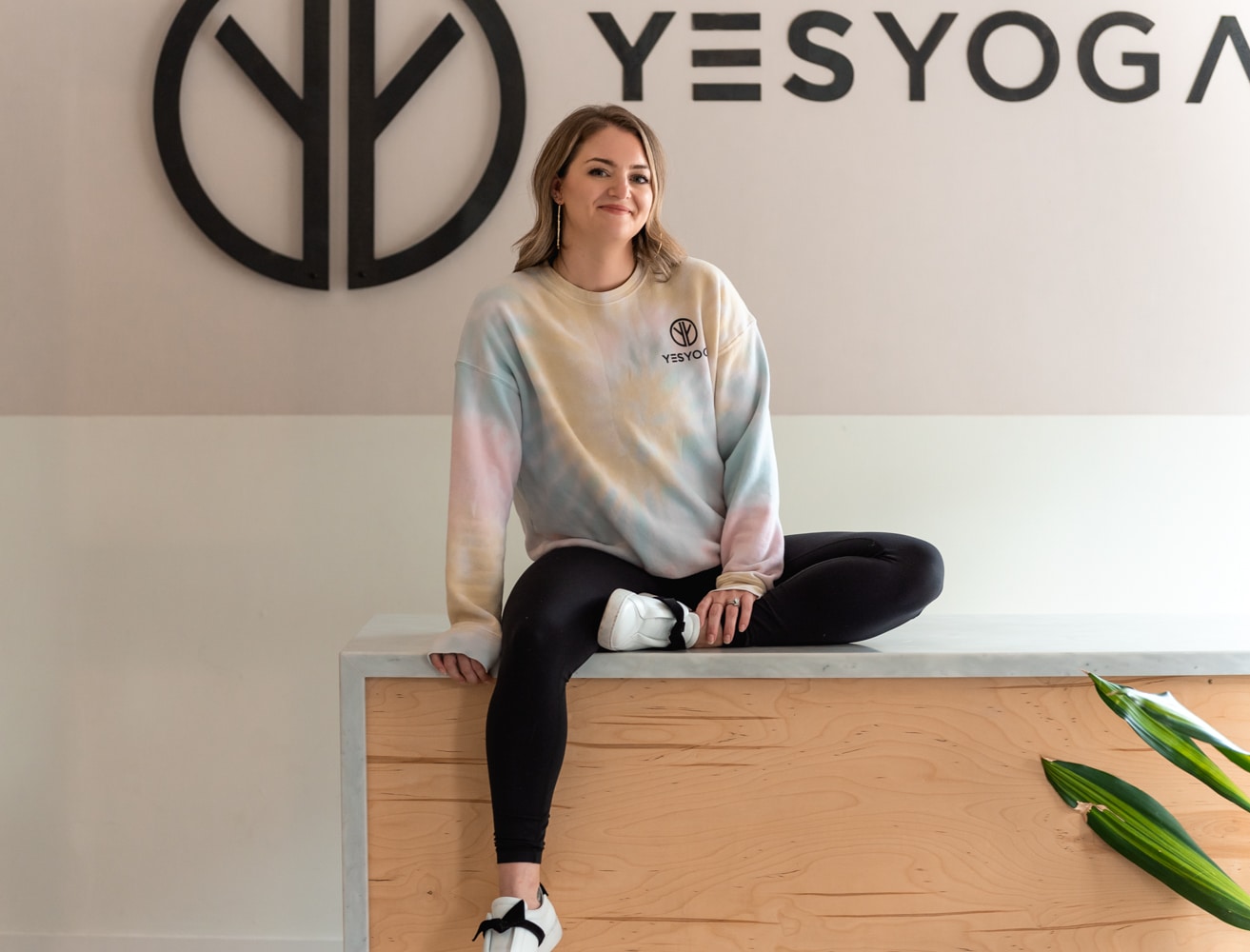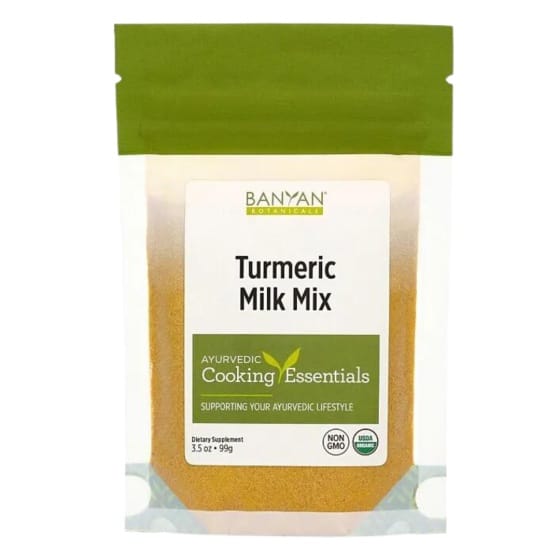Yoga Across the Lifespan: Insights From 40 years of Practice | By Susan Erickson
Yoga is the union of the mental, physical, and spiritual body. As long as you can think and breathe, you can do yoga. Often I hear people say, “I’m too old for that; I just don’t have the flexibility for yoga; I can’t focus enough; I need something more active.” To the contrary, these are the exact reasons yoga is there for you.
I began doing yoga when it was not particularly popular. The Beatles had been doing “Transcendental Meditation” in the 1960’s and were following their guru(s). Timothy Leary and Ram Das (formerly Richard Alpert) were experimenting with LSD, traveling to India, and following gurus. This was all I knew about yoga.
I began doing yoga when it was not particularly popular. The Beatles had been doing “Transcendental Meditation” in the 1960’s and were following their guru(s).
But in 1978 when I was only 28 years old, I met a devotee to Swami Rama, founder of the Himalayan Institute in Honesdale, Pennsylvania, and closely affiliated with the Yoga Meditation Center of Minneapolis. After starting classes in a small studio in Hopkins, MN, this woman changed her home into a yoga center in Minnetonka, MN. For the next 20 years, I worked at being a devoted student of traditional Hatha Yoga, studying all aspects of this tradition and adopting it as an integral part of my lifestyle.
My family tried to cooperate, which meant my children and animals frequently watched me and asked to participate in my home practice. I learned early in my practice that one could not allow the distractions of children or animals to be an annoyance, but instead embrace them and fold them into the practice. Having a son with autism tested this theory to its limits. Yet, to this day, when he interrupts me during my practice, I still allow it to happen, knowing he is a part of this practice and a check on my patience. My dog, on the other hand, lays in complete serenity next to my mat throughout my practice, offering me the same serenity she is enjoying.
At the Minnetonka Yoga Center our classes were approximately two hours. As we entered the center, immediate silence was required: shoes off and straight to the yoga room, which was the center of the house. Attire was loose fitting cotton clothing, usually a yoga tunic as you might see a guru wearing. Anything that was not cotton, such as leggings like we wear today was considered unacceptable. The skin needed to breathe!
The first 20 minutes of class were usually devoted to a short lecture (often humorous and always inspiring) by our teacher, followed by savasana and 45 minutes to an hour of asana. Once we completed our asana practice,our first steps in preparation for meditation were taken. For the next 20-30 minutes, we would again lie in savasana and then move into our sitting meditation, which would begin with Nadi Shodhana (the channel purification exercise) followed by various breathing techniques and finally into silent meditation.
This practice pattern was always the same. This ensured the mental, physical, and spiritual aspects of yoga were always combined in the teachings of the class. Music was seldom used and viewed as “ear candy” by the devotees. Our practice was both strict in discipline of the body as well as of the mind. We were taught the yamas and niyamas, the first two rungs of ashtanga yoga and the gateway through which one must pass in order to enter the path of yoga.
Yoga was different then. But I loved it. I longed to go to the Himalayan Institute in Pennsylvania and to India where so many of my yoga colleagues had been privileged to visit.
A year after I started yoga, I moved to Kansas City, Missouri, where I was disillusioned by what I perceived as “Americanized” yoga. I would have no part of it. So I bought a book by BKS Iyengar (“Light on Yoga”) and began doing my own yoga practice at home following his techniques as best I could. When I would return to Minneapolis for work, I would attend my Minnetonka Yoga Center classes. It was during that time that I received my mantra, which to this day has never been spoken to anyone. I wanted to remain strictly in the Eastern Indian yoga traditions. After four years of flying back and forth from Missouri to Minnesota, I returned to Minnesota full-time and resumed my full-time practice with my Minnetonka yoga teacher.
As the years passed, I moved to other states. It was when I was living in the Philadelphia area, that I was introduced to several varieties of yoga. I began hanging out with an amazing group of women who loved yoga as much as I did. It seemed like there was a yoga studio on every street corner. We called ourselves “the Yoga Six.” We loved experimenting with different studios. I most loved going to New York City and trying studios there. During this time I was introduced to vinyasa, bikram, power yoga with Beryl Bender Birch, kundalini yoga (a favorite), ashtanga, anusara, Shiva Rea’s trance dance, and other eclectic yoga.
My preference has always been to flow through my yoga practice like a dance: slowly and always mindfully of the position of my asanas. I did, by the way, fulfill my dream of spending a weekend at the Himalayan Institute in Honsdale, PA. India is still on my bucket list.
In 2009, I tearfully left my loyal and loving yoga friends of Pennsylvania to return to Minnesota where my husband and I built a retirement home. My one criterion for this home was that I have my own yoga room and I got it! It’s in the basement. Quiet, private, serene and complete with a few of my most treasured items. I love it.
It’s important to me that I maintain a yoga community, so I continue to faithfully attend classes. I attend varying levels of yoga, believing that I gain just as much from a beginning class as I do from a level 2 vinyasa or iyengar class. I believe taking my yoga back to its beginnings is essential to keeping a centered and steady practice. There’s always something to be learned or relearned.
I am well aware that my body is aging and I can’t stop that. I’m not exactly fond of it, but I’m not going to let it age any more than it has to. I can still do most of the postures that I could do when I was 28 years old. There are certain ones I choose to no longer do for the sake of my own safety (free standing headstand and handstand being the primary ones.)
Over time, I’ve worked on letting my ego go. It’s okay if the other students half my age can twist their bodies into a pretzel. I’ll try, but the goal is my own well-being, not the show. I am learning how to keep my body safe with each movement I attempt. My newest yoga endeavor is a system called “Body and Brain” which centers on exercising the brain to bring out its full potential – an essential for the aging mind and body.
Now in the latter half of my 60s, I feel strong, healthy, and youthful in spite of a broken knee at age 58, a shattered elbow at age 62 and two subsequent heart surgeries in 2012. I realized that I could do yoga with a cast on my leg or my arm. It was all about adapting to my circumstances. I approached each injury and health issue with the question, “What was I supposed to be learning from this life challenge?” By being a seeker of the answer to this question, I was able to attain and keep a positive outlook on the changing conditions of my life. It has worked! Yoga is all about “staying steady” (quoted from Matthew Sanford), resolving to do it, and doing it! It’s your practice and only yours. And it’s never too late to start!
Naturally caffeine-free and filled with adaptogens superfoods, the Turmeric Milk Mix will nourish your whole self. It [...]

Subscribe to Our Tribe
Stay up to date with Y+L News, Events and special announcements.










